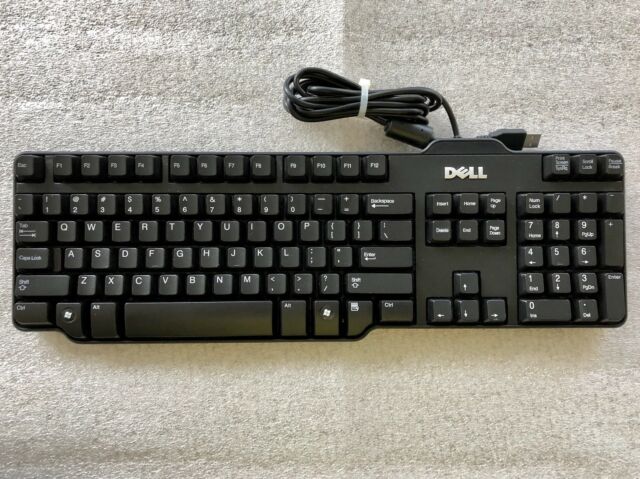

The site_ID can be seen in the URL of your browser when on the Network application. The location will vary from one operating system to another. To change it, once you're in the site directory, use the command: chown unifi:unifi You can check to verify with ls -l /data/sites/site_ID. The file must have unifi:unifi as the owner and group permissions. User Tip:Depending on your operating system, placing the file under this directory might be as simple as drag and drop, or using a FTP server might be necessary. Once the contents of the file has been validated, save it by naming it and placing it under the /data/sites/site_ID directory stored on the Network application. The JSON Formatter website is one example of the many options of json validators you'll find online.ģ. It is recommended to run the text through a json validator in order to verify it has the correct syntax. Incorrect placement of brackets, indentations, line breaks or any other structural element will make the json file invalid. The structure of a json file is just as important as the words themselves.

Create a new file using a text editor such as TextEdit or Notepad++.Ģ. A provisioning loop might take place when a setting is changed in the Network application that conflicts with a setting in the file.īy default, the file doesn't exist, it has to be created in order to use it.ġ. WARNING:Some users may find they can get away with using the full config, but this is not recommended as it will most likely cause issues down the road. At this point the file could be corrected or removed to correct this. If the formatting is incorrect, a provisioning loop will be triggered on the USG, and a reboot will take place once the USG comes out of the provisioning loop. When making customizations via the file, it is best to enter only the customizations that can't be performed via the Network application. These features don't exist in the UniFi Network application yet, so the file will supplement those features until they're available in the GUI.

Some possible customizations will be: configuring site-to-site VPNs with hostnames, policy routing certain traffic out WAN2, or even adding multiple IP addresses on an interface. The is a file that sits in the UniFi Network application filesystem and allows custom changes to the USG that aren't available in the web GUI. This article covers advanced configuration, and should only be used by advanced users.If assistance is required, feel free to visit our Community to create a topic and ask for help with your desired configuration. Ubiquiti Support cannot assist in the creation of the file nor will assistance be provided for command line configuration.


 0 kommentar(er)
0 kommentar(er)
